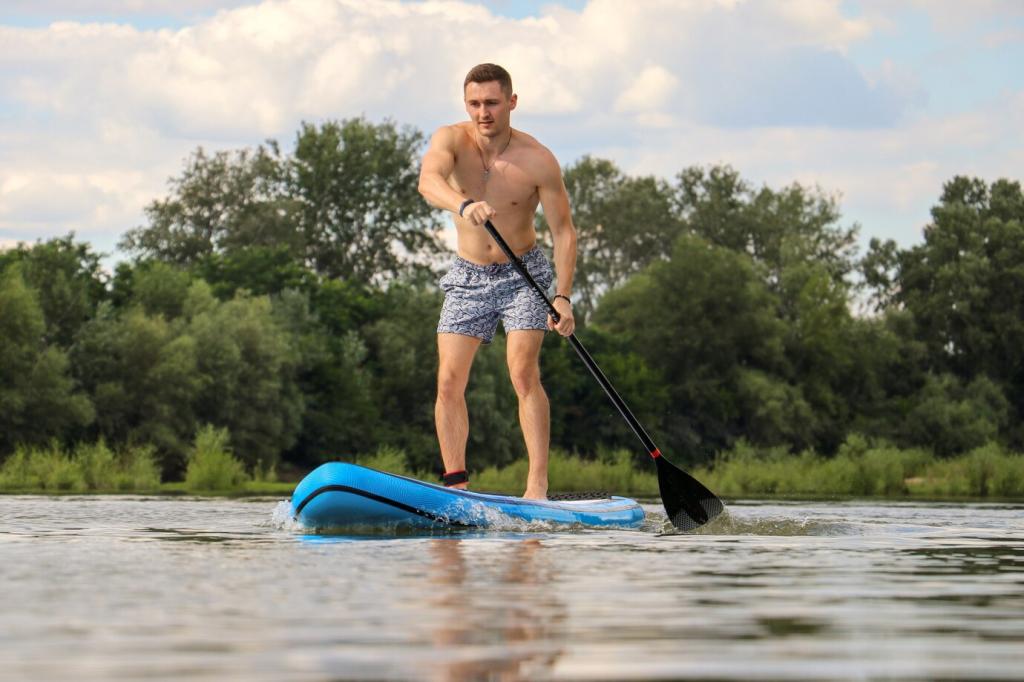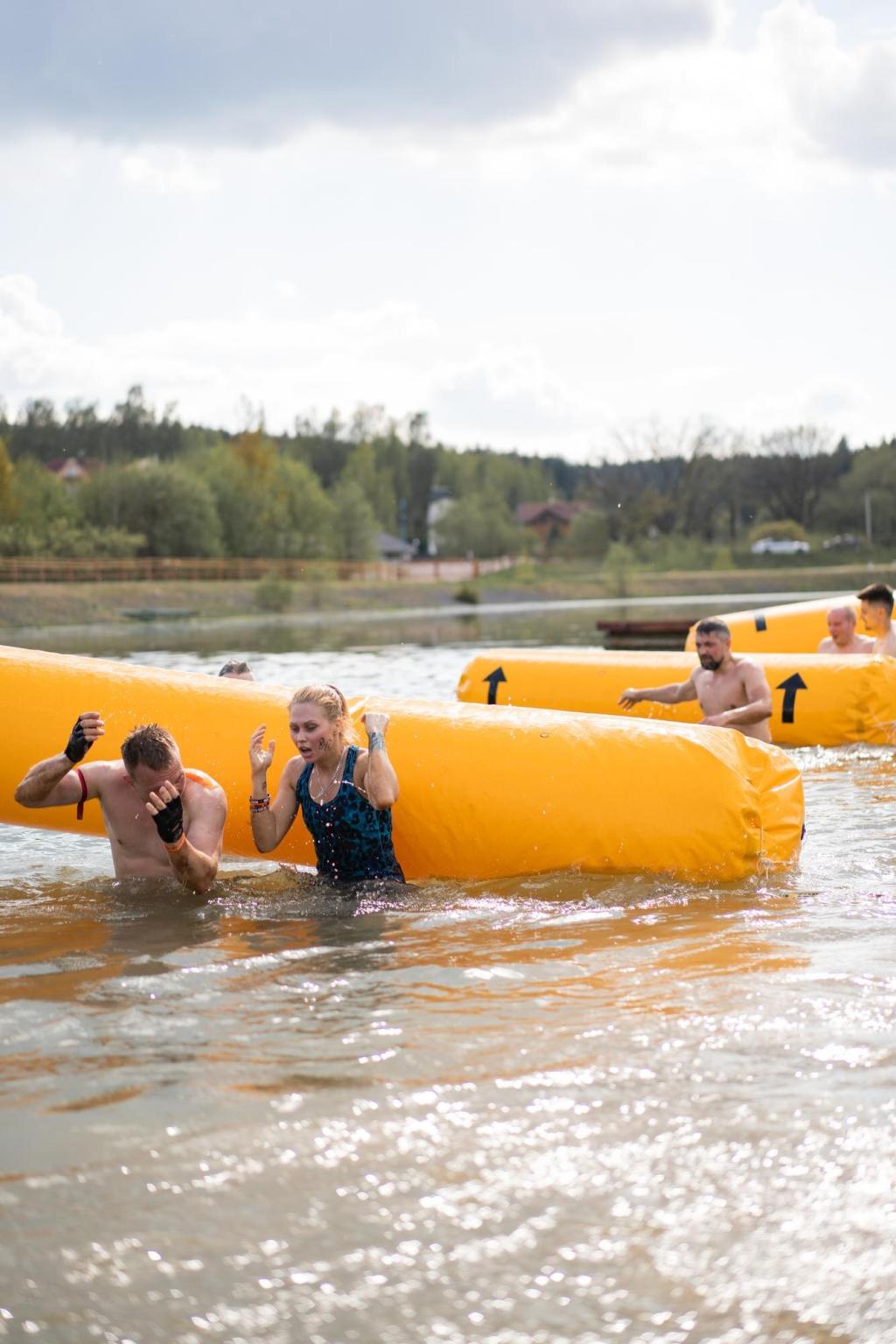Essential Gear for Kayaking Adventures: Paddle-Ready and Prepared
Selected theme: Essential Gear for Kayaking Adventures. Welcome aboard! This friendly guide blends practical wisdom with real stories to help you choose, pack, and trust the gear that keeps every paddle powerful and every journey safe. Share your must-have items and subscribe for fresh, field-tested insights.
PFDs That Let You Move and Breathe
Fit That Stays Put in Swells
Your PFD should not ride up when you raise your arms or twist for a sweep stroke. Snug shoulder straps and side adjustments lock it in place, while sculpted foam panels keep movement natural so you can lean, brace, and re-enter without wrestling your gear.
Buoyancy, Materials, and Certification
Look for appropriate buoyancy ratings and Coast Guard or CE certifications, plus durable ripstop fabrics that resist abrasion from deck hardware. Ventilated back panels pair nicely with high-back seats, keeping you cool when the sun climbs and you are digging into headwinds.
A Quick Story: The Whistle That Cut Through the Wind
Crossing a breezy lake, my partner drifted behind a point and vanished from view. Two whistle blasts cut through the gusts faster than any shout. We regrouped in seconds. Always clip your whistle to the PFD and practice sound signals before setting off.

Paddles and Spares: The Engine in Your Hands
High-angle blades deliver power in surf and swift rivers, while low-angle designs reduce fatigue on long crossings. Carbon shafts feel lively and light, fiberglass balances comfort and cost, and ergonomic grips reduce wrist strain when hours stretch and the shoreline stays stubbornly far.
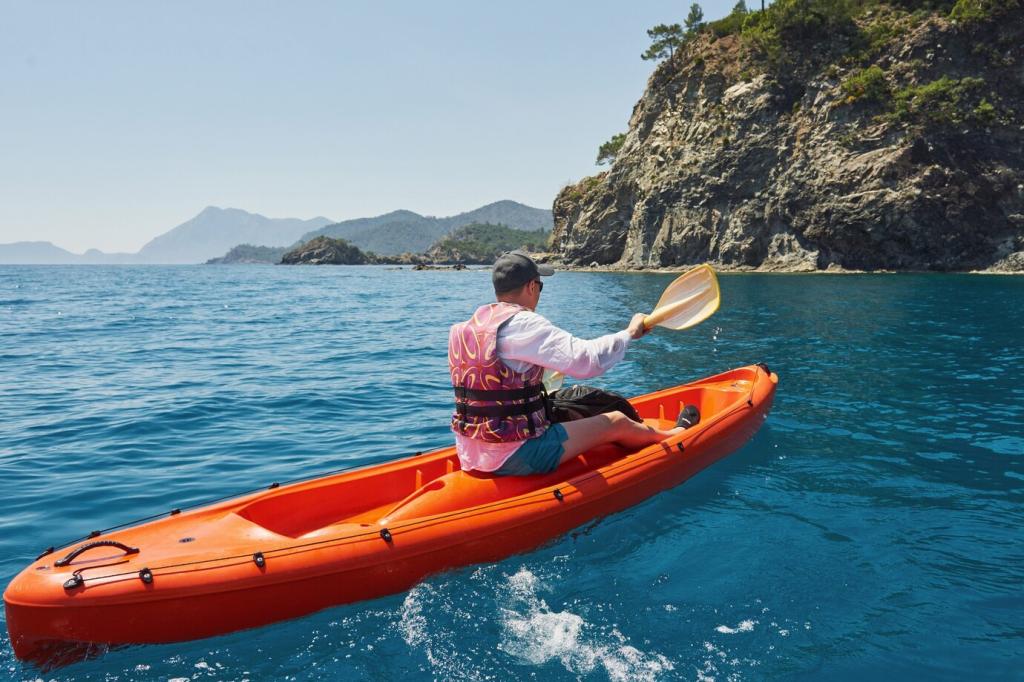

Dress for the Water, Not the Air
Start with moisture-wicking base layers, add insulating fleece or wool, and cap it with a drysuit or wetsuit depending on water temperature. Peel or add layers during breaks. Pack a dry change in a sealed bag, because comfort is safety when energy dips.
Dress for the Water, Not the Air
Neoprene gloves or pogies defend your dexterity, while a snug beanie or hood keeps precious heat from escaping. Windproof shells block chill between sets, and sunglasses with a retainer protect your vision when reflected glare turns the river into a blinding ribbon.
Dry Storage and Packing That Actually Stays Dry
Assign colors to categories: red for first aid, blue for kitchen, yellow for clothing. Mix 5–10 liter bags for essentials and a larger 20–30 liter for sleeping gear. Label them, and you will find the headlamp without tearing apart your entire hatch in the dark.
Dry Storage and Packing That Actually Stays Dry
Phones and radios deserve double protection: a waterproof case plus a small dry bag. Toss in desiccant packs and keep spare batteries in a separate pouch. Even careful paddlers get splashed, sprayed, and rolled; redundancy keeps navigation and communication alive.
Dry Storage and Packing That Actually Stays Dry
Pack heavy items low and centered to keep your kayak stable and responsive. Balance left to right to avoid a persistent lean. During lunch stops, check hatches for seepage, retighten straps, and ask a paddling partner to spot any listing before committing to rougher water.
Rescue and First Aid: Small Tools, Big Confidence
Practice clipping a tow line swiftly, keeping the rope clear of rudders and spray skirts. Pair towing with simple voice or whistle signals, and rotate duties so nobody burns out. Share your favorite tow strategies in the comments to help new paddlers learn.
Navigation and Communication Keep You Found
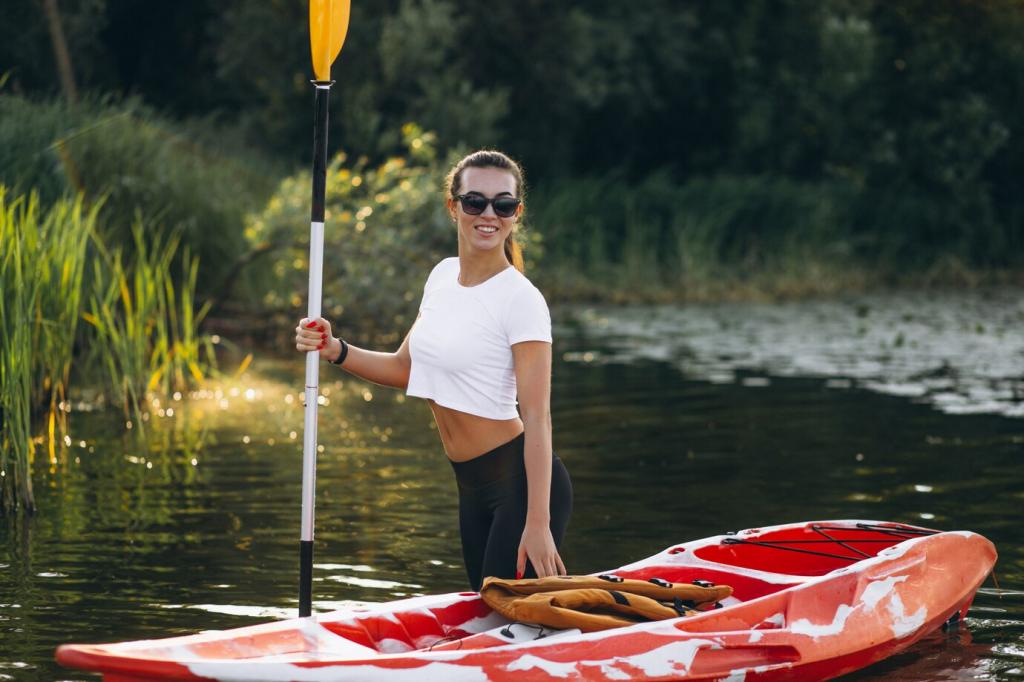
Paper Charts Still Matter When Batteries Die
Waterproof charts paired with a simple baseplate compass survive wet decks and long days. Mark bearings at camp, then follow them confidently on the water. Practice quick resection so fog or drift does not turn an easy crossing into a guessing game.
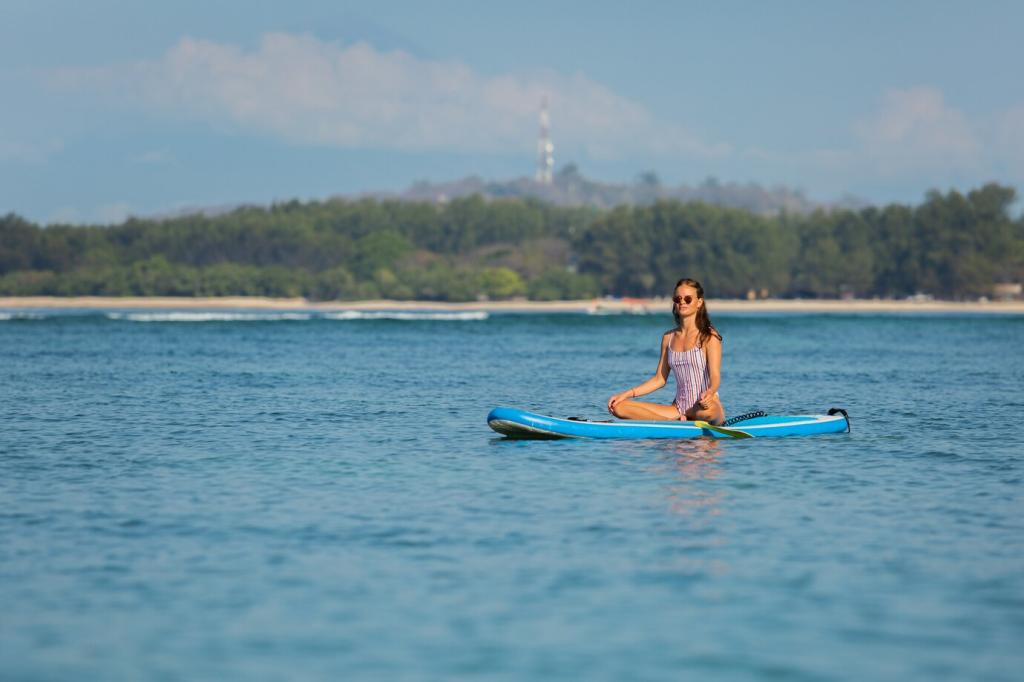
VHF, Whistles, and Visual Signals
A handheld VHF tuned to local channels reaches help where cell service fades. Keep a whistle on your PFD and a signal mirror or compact strobe in a pocket. Rehearse calls, check weather broadcasts, and log your float plan with a friend before launching.
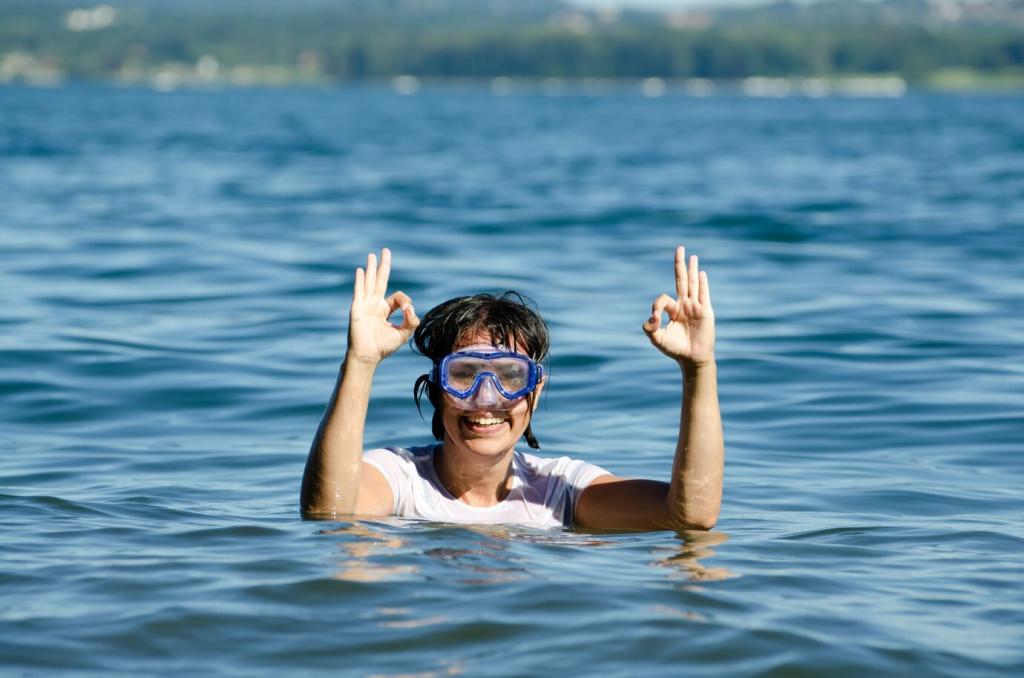
Reading Weather Windows and Tides
Study wind forecasts, swell periods, and tide tables before committing to exposed crossings. Build buffer time for surprises, and carry extra layers if a cold front ambushes your route. Share your go-to weather apps so the community can compare and refine tools.
